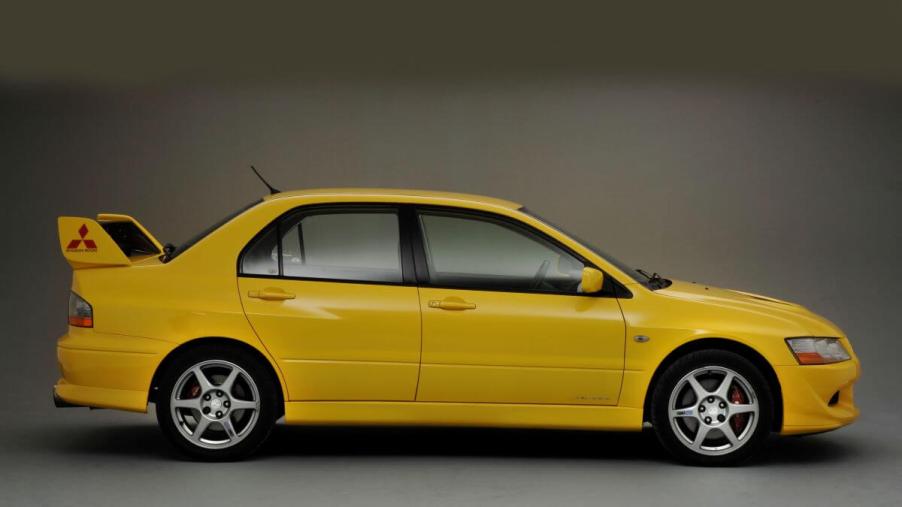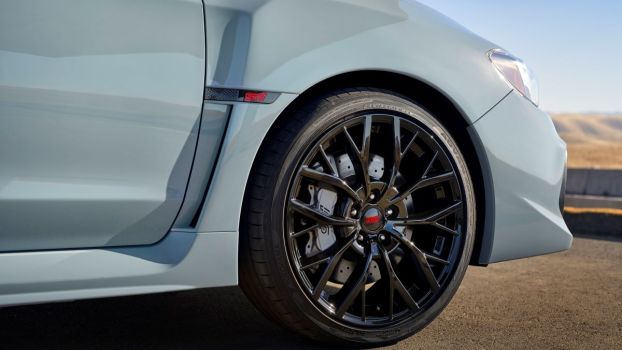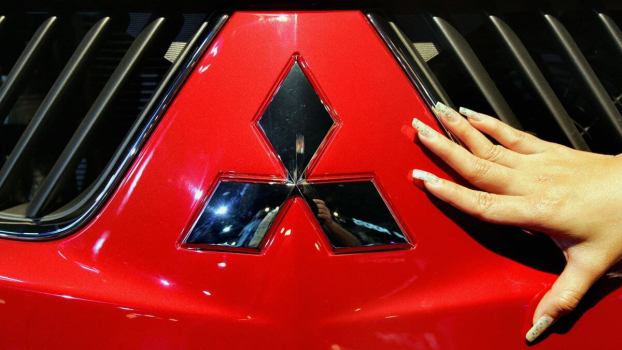
The Mitsubishi With the Highest Annual Maintenance Costs Isn’t a Hybrid or EV
Maintenance costs and reliability are essential factors to consider when shopping around for a new or used car to truly get the best bang for the buck. So, how does Mitsubishi fare regarding repairs? According to RepairPal, one Mitsubishi model stands out with the highest annual maintenance costs among the brand’s models, and it’s not one of the brand’s hybrid, plug-in hybrid, or electric vehicles.
Mitsubishi has a solid reliability rating
Mitsubishi is one of the top choices for reliability and low maintenance costs, according to RepairPal. The website ranks automakers based on the annual maintenance costs across the brand’s models, the frequency with which they require repairs, and how often those repairs are deemed “severe.”
Using this methodology, Mitsubishi ranks No. 6 out of 32 major brands for overall reliability.
The average annual repair cost for Mitsubishi models is $535 a year, notably below the average of $652 annually across all brands. Mitsubishi stands out for how many visits to a repair shop its models require per year on average, just 0.2 trips, which is half of the industry average. Mitsubishi models have a 12% probability of repairs being considered “severe,” which is the average across all 32 major brands.
For context, Toyota is synonymous with reliability, but Mitsubishi ranks higher for overall reliability, according to RepairPal. Toyota models have a lower average annual maintenance cost but require more service/repair trips yearly.
The Mitsubishi Lancer has the highest maintenance costs among the brand
Though Mitsubishi models have solid reliability, budget-conscious shoppers may want to avoid hitting up the used lot for a Lancer, which has the highest average annual maintenance costs among all the brand’s models.
The Lancer has an average yearly maintenance cost of $646, over $100 more annually than Mitsubishi’s average. RepairPal lists the Lancer as No. 29 out of 36 compact cars for its reliability rating.
The Lancer’s issues stem from its high maintenance costs and the likelihood that repairs will be considered severe. The probability of the Lancer requiring a “severe” repair is 15%, while the average compact car is just 11%.
The most commonly reported issues among the Lancer are a peeling clear coat, premature failure of its automatic transmission, engine overheating caused by a failed cooling fan controller, and problems starting the car due to a worn camshaft sensor support.
YourMechanic states the average annual maintenance cost of a Lancer is much higher at $919 per year. Some notable and common Lancer repairs listed on the site include a CV axle/shaft assembly replacement, brake master cylinder replacement, and crankshaft position sensor replacement.
A brief history of the Mitsubishi Lancer
The Mitsubishi Lancer has an interesting and long-running history, including the nameplate applied to relatively sober passenger cars and rally-pedigree sports cars.
The Lancer was introduced in 1973 as either a two- or four-door sedan or station wagon, according to AutoEvolution. It wore a Dodge Colt badge in the U.S. upon introduction, but subsequent generations were also known as the Eagle Summit or Plymouth Colt. The Lancer eventually shared its platform with its stablemate, the Mirage.
While most models occupied a space in the mainstream sedan segment, Mitsubishi introduced the Lancer Evolution in the early ’90s. The rally-inspired Lancer Evolution, colloquially known as the “Evo,” spanned 10 models, all based around a high-performance turbocharged inline-four, all-wheel drive, and a rallying aesthetic. The Lancer Evolution was the foundation of several driver’s championships in the World Rally Championship in the late ’90s and won the constructor’s title in 1998.
The Evo also became a favorite of enthusiasts and fought directly against the Impreza WRX. Still, its run ended with the Evo X serving as the final model before it was discontinued in 2016. A year later, the more sober Lancer sedan was also axed from the market.





